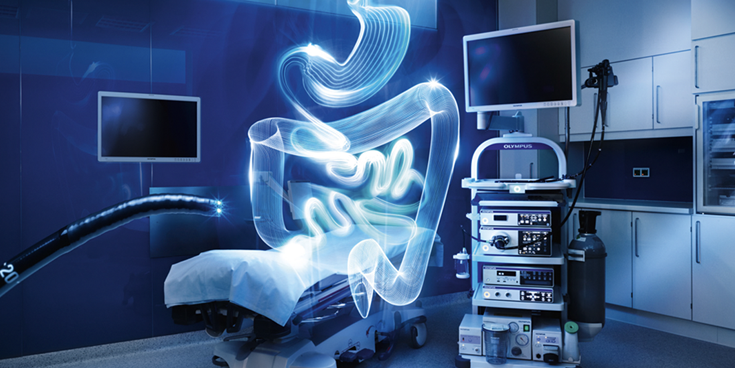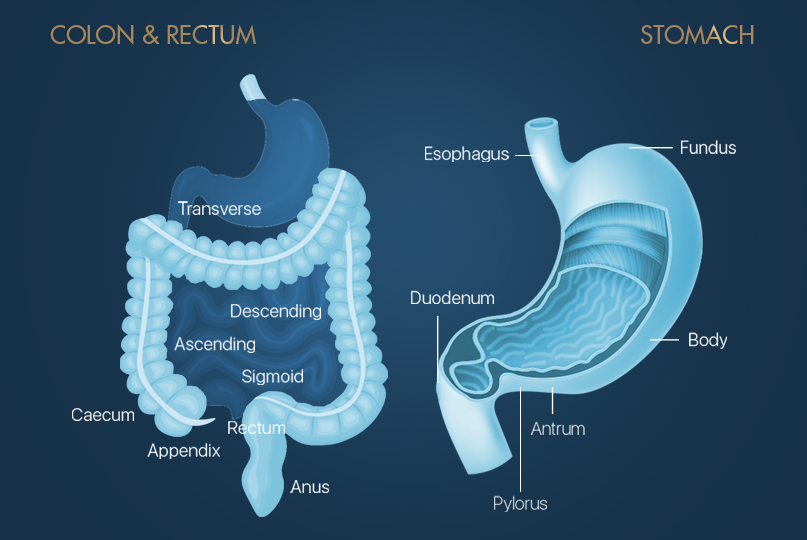
What is an Endoscopy?
Endoscopy is a non-surgical procedure which involves inserting a long flexible tube with a camera (endoscope) into the body to examine a person’s digestive tract.
An endoscope has a channel through which the doctor can insert tools, to perform biopsies, remove polyps or insert devices like stents.

Why do you need an Endoscopy?
- To screen for cancer
- To evaluate your symptoms and diagnose a disease
- Treatment of certain conditions e.g., Removal of polyps, stenting for obstruction
How do you prepare for Endoscopy?
You will be given detailed preparation instructions. They may include the following:
- Stop eating or drinking for several hours prior to the procedure
- Take laxatives and/or use an enema to clean out your bowels for a colonoscopy
- Stop certain medications like blood thinning medications several days prior to the procedure
How safe are Endoscopies?
Endoscopies are very safe procedures in the hands of an experienced specialist.

Are there different types of Endoscopies?
Yes. The type of endoscopy performed will depend on the part of the body that needs to be examined.
Those offered by our clinic include:
- Gastroscopy (For the stomach and duodenum)
- Colonoscopy (For the colon and rectum)
- Colonic stenting (For colonic obstruction/blockage)
- Choledochoscopy (For the bile ducts)
What is a Gastroscopy (OGD)?
A Gastroscopy, also known as Oesophago-Gastro-Duodenoscopy (OGD) is used to examine the lining of the oesophagus, stomach and first part of the small intestine (duodenum). The scope is inserted through the mouth after application of a local anaesthetic throat spray and/or sedation.
Why do you need a Gastroscopy (OGD)?
Gastroscopy can be used to:
- Evaluate symptoms of abdominal pain or bloating, vomiting, difficulty swallowing, heartburn, reflux, unexplained loss of weight or loss of appetite
- Identify the cause of bleeding from the upper GI tract and help to stop the bleeding
- Detect cancer and obtain biopsy samples
- Removal of polyps or foreign bodies e.g., fishbone
What happens after Endoscopy?
The doctor will explain to you what was found during endoscopy. If biopsies and/or polyp removal were performed, a follow up appointment will be arranged to review these results.
As endoscopies are usually performed under sedation, you may need to arrange for someone to accompany you home after the procedure.

